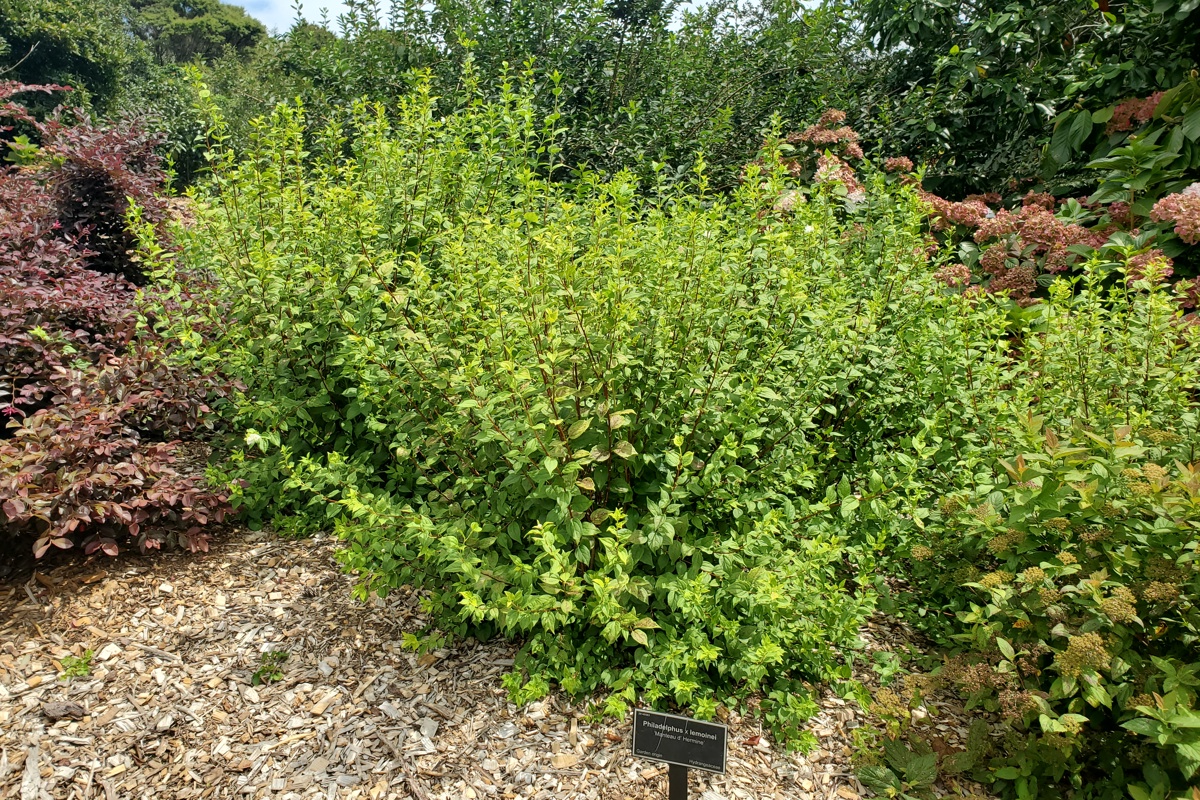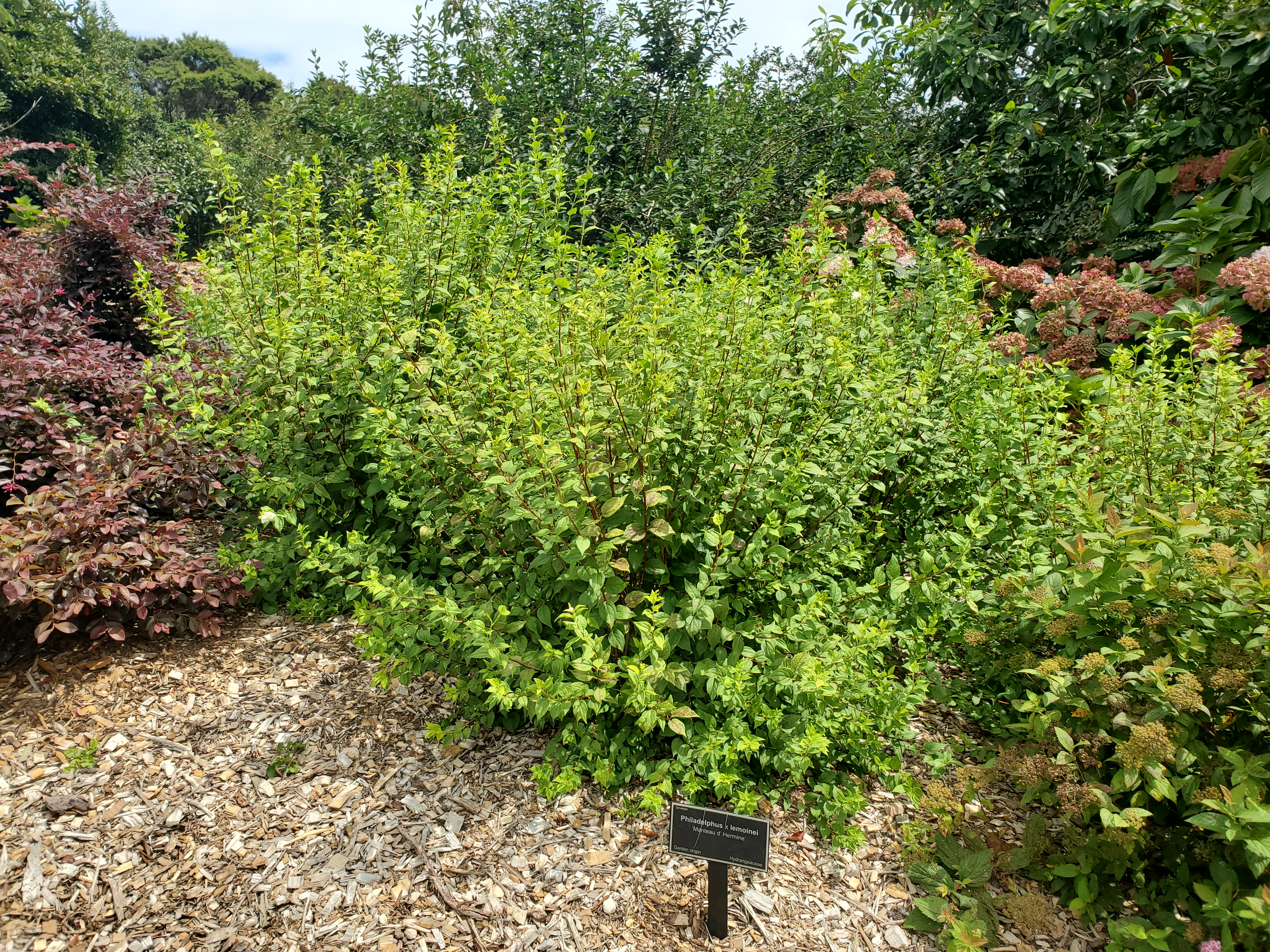Physical characteristics
A
Flowers and foliage
This large upright shrub produces beautifully
Preferred site
Prefers
Preparation for planting
Always choose healthy well grown
Before planting ensure the root ball is saturated and remove the planter bag or pot with minimal root disturbance. Trim any broken roots and plant at the same level as in the container. Dig a hole twice the diameter of the root ball and firm in and water once planted. Make sure
T
Maintenance tips
Mulching
The first summer and autumn after planting is critical for young
Pruning is usually done after flowering has finished. Prune back flowe
Pests and diseases
Aphids and powdery mildew may be a problem.
Location at Auckland Botanic Gardens
Camellia Garden




.jpg?width=1200&height=1200&v=1d4024dceb89e50)

.jpg?width=1200&height=1200&v=1d5569224d63650)
 .jpg?width=1200&height=1200&v=1d4024df6ce2770)
.jpg?width=1200&height=1200&v=1d55676a892f2b0)
 .jpg?width=1200&height=1200&v=1d4024e3b65f7f0)